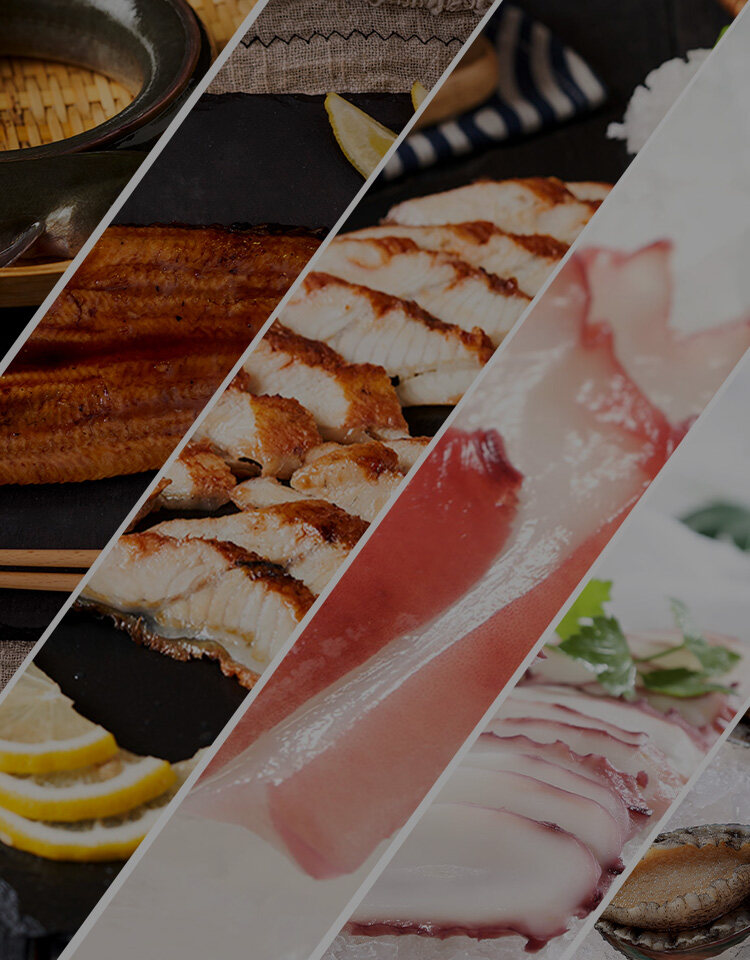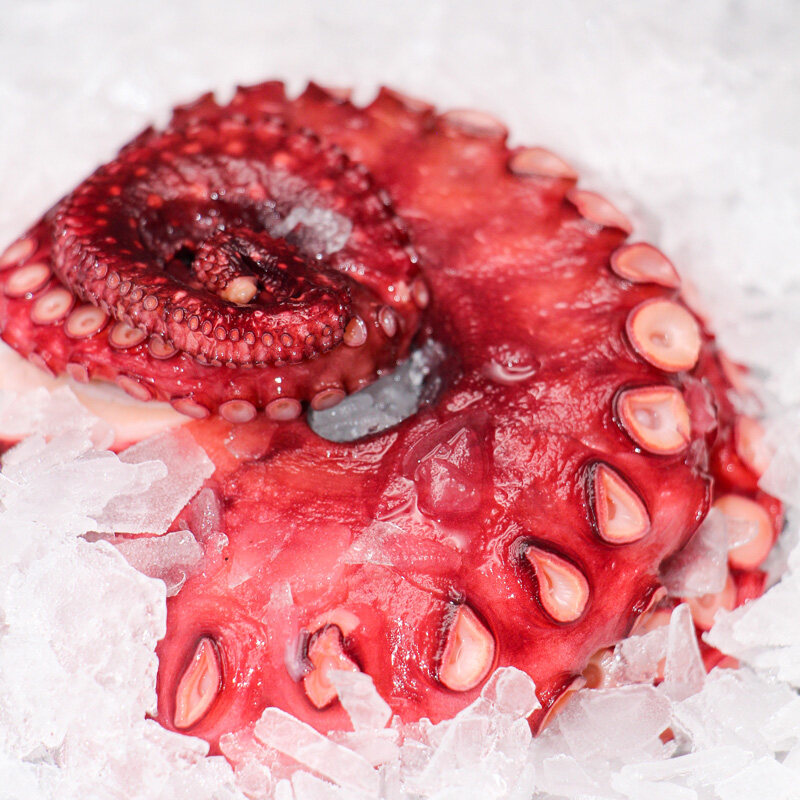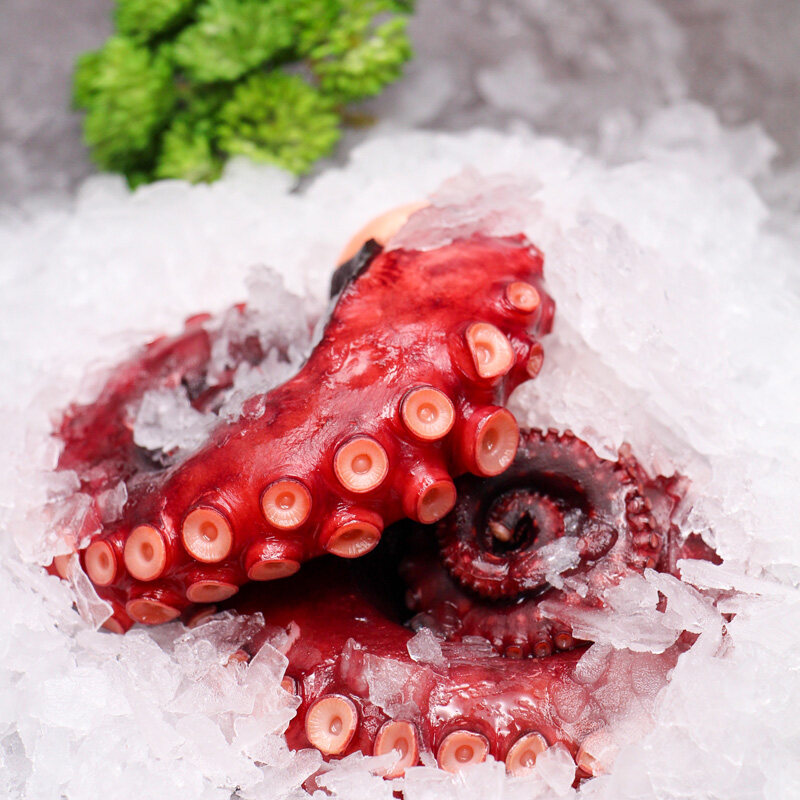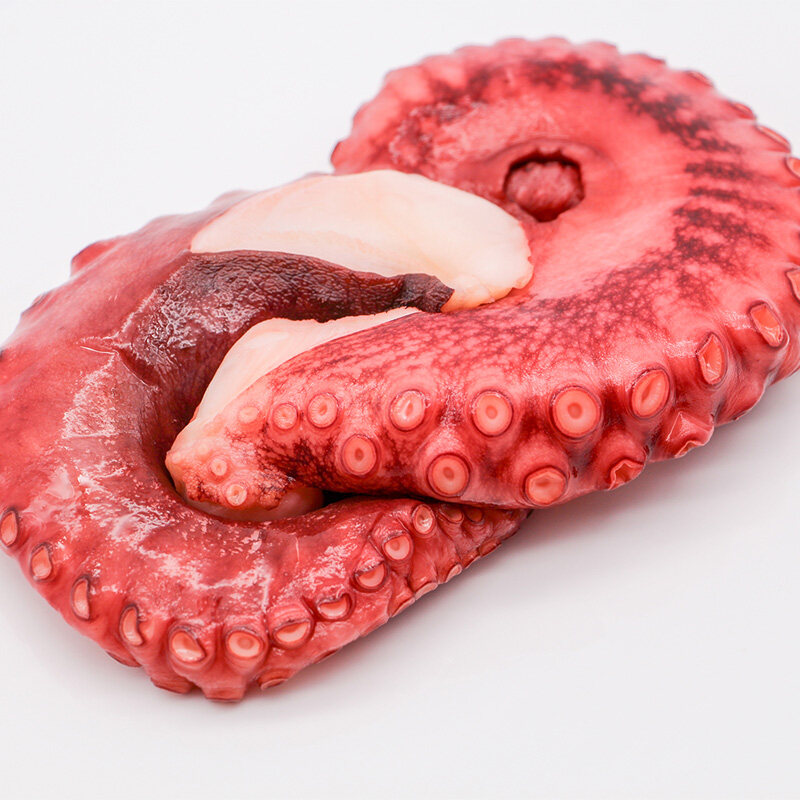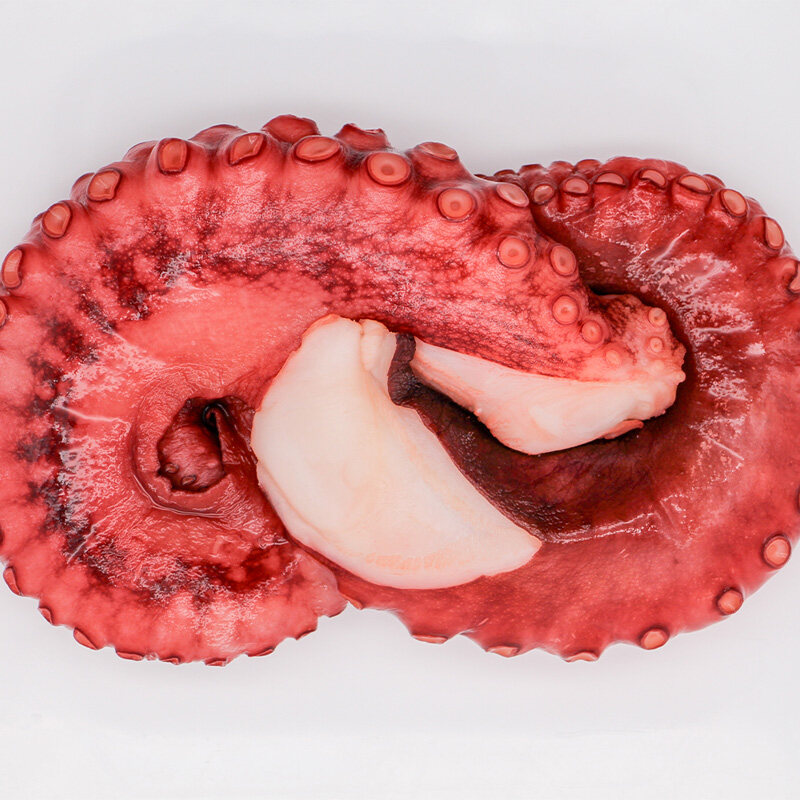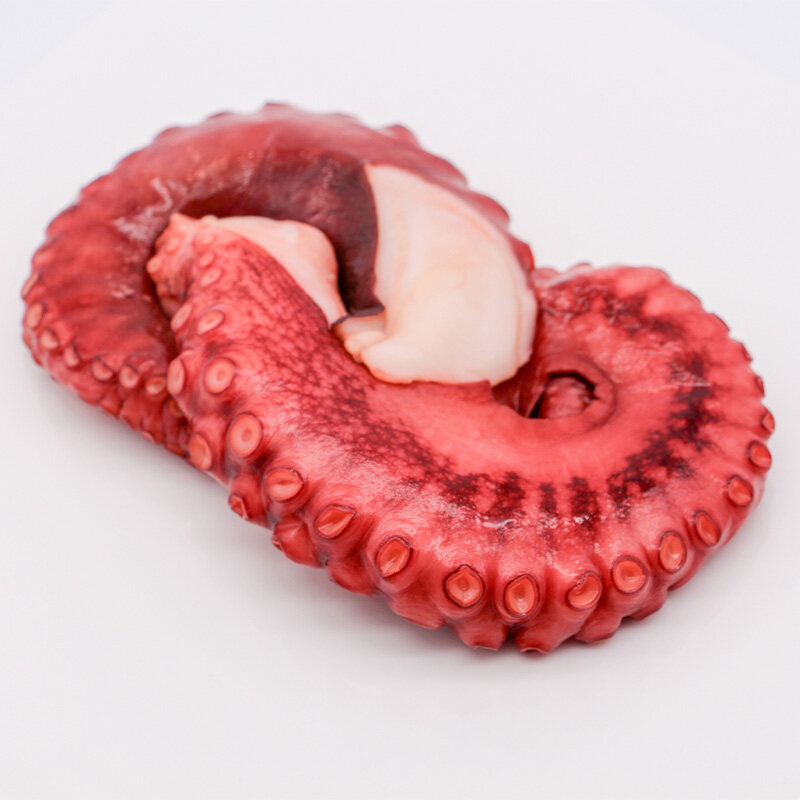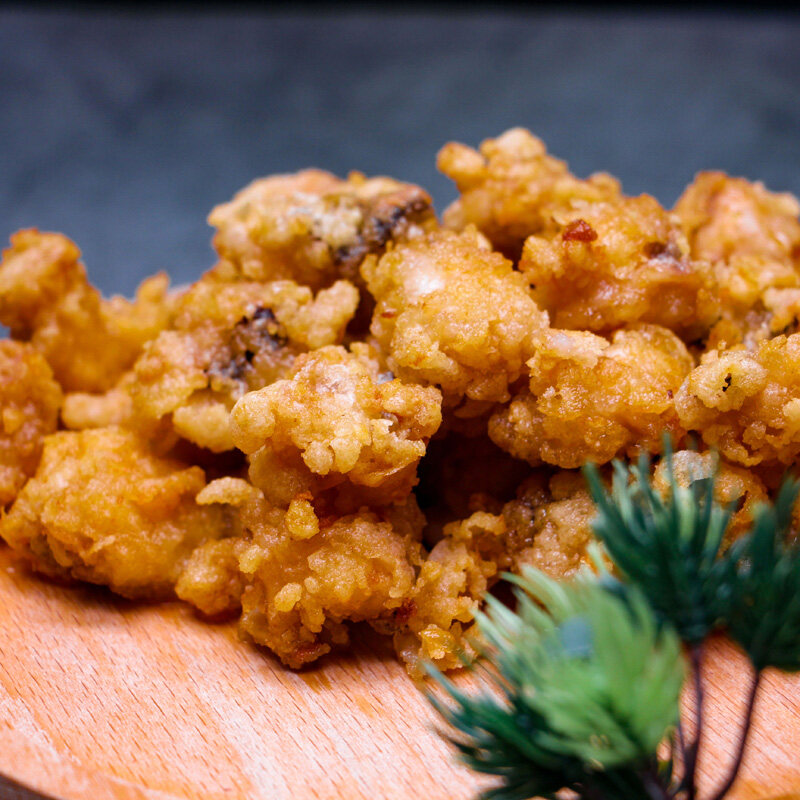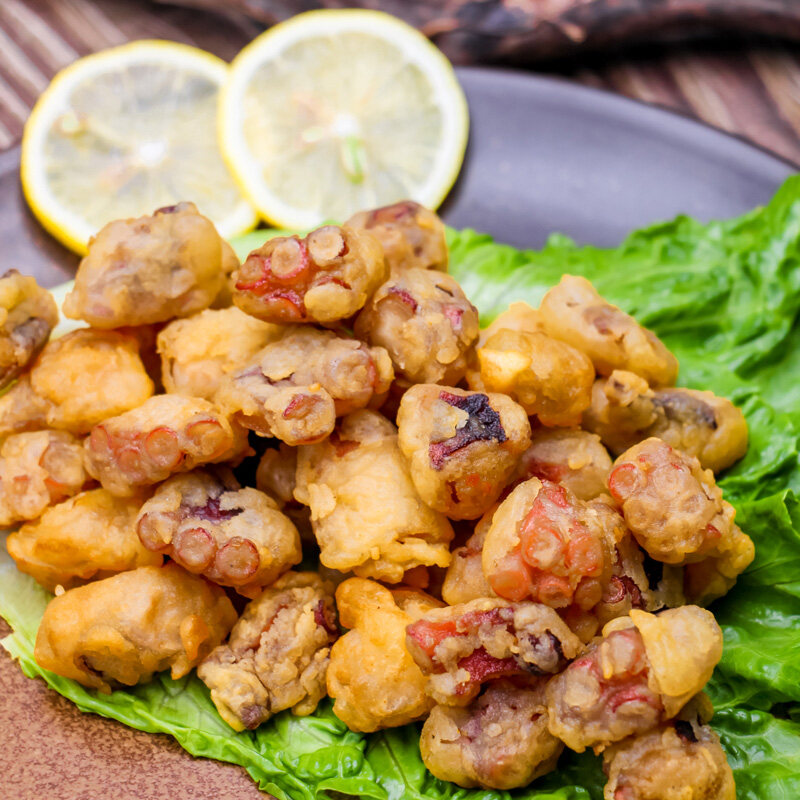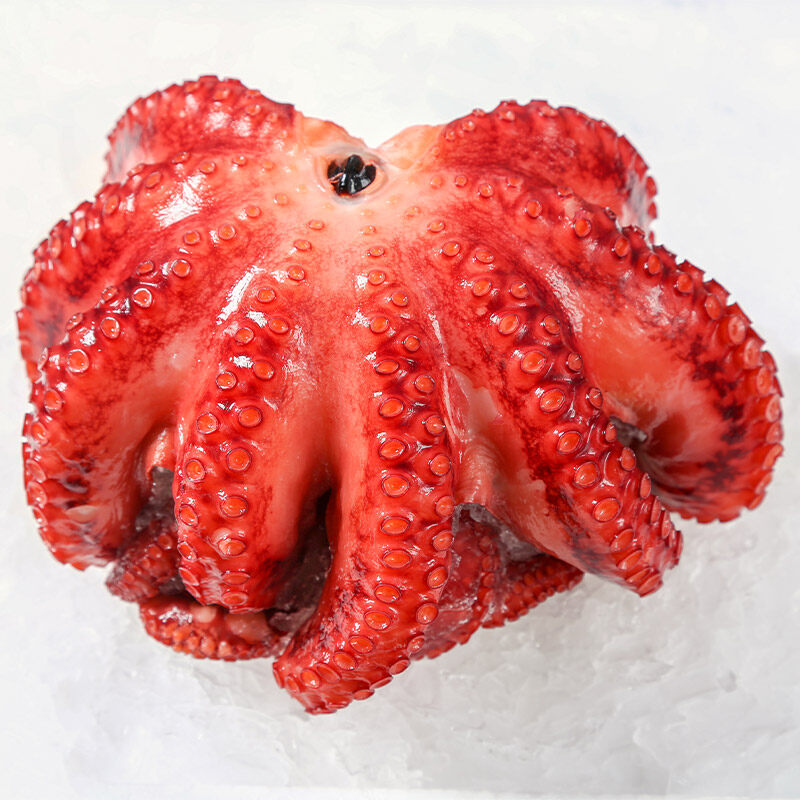Email cannot be empty
Password cannot be empty
Email format error
Email cannot be empty
Email already exists
6-20 characters(letters plus numbers only)
The password is inconsistent
Email format error
Email cannot be empty
Email does not exist
6-20 characters(letters plus numbers only)
The password is inconsistent

Factory Price Fresh Seafood Frozen Matako octopus Foot
Our octopus are used from deep sea fishing, instant cutting and strict cutting process, the instant cutting of live fish technology mostly keep the octopus foot plump meat、crispy and tender tastes. Just simply cooking, you can enjoy the gifts of nature and appreciate the taste of the sea.
Name of Product: Factory Price Fresh Seafood Frozen Matako octopus Foot
Main parameters of Factory Price Fresh Seafood Frozen Matako octopus Foot
Producing Area: Seafood
Varieties: Shimatako
Size: 3-4 piece/5-6 piece/7-9 piece*1kg*10pc
Customized: The size and packing can be according to customer needs
Style: FROZEN
Freezing Process: IQF
N.W. / Glazing: 100%NW, 95%NW, 90%NW, ETC., as per customers' needs.
Package: bulk pack, 10kgs/CTN
Store Direction: under -18ºC
Shelf Life: 24 Months
Certification: ISO,BRC,HACCP
Origin: China
Loading port: Fuzhou, China
Delivery Time: 30 days according to order quantity
Payment term: 30%TT advance, balance against copy of BL
Documents: Bill of lading, health certificate, packing list, commercial invoice, certificate of origin
MOQ: 1 x 20'FCL ,loading around 9000kgs
Production Capacity: 2,000 tons per year
Production Season: whole year
Food Features of Factory Price Fresh Seafood Frozen Matako octopus Foot
Versatile: Octopus tentacles can be used in a variety of dishes, such as salads, stews, and pasta dishes.
Texture: The flesh of octopus tentacles has a firm, chewy texture that can be tenderized through cooking methods such as slow cooking or marinating.
Flavor: The flavor of octopus tentacles is mild and slightly sweet, with a slightly briny taste.
Nutritional value: Octopus tentacles are a good source of protein, vitamin B12, and minerals such as iron and selenium.
Nutritional Value of Octopus Food
Outlines the nutritional value of Octopus Food per 100 grams:
|
Nutrient |
Amount per 100g |
|
Calories |
82 kcal |
|
Protein |
16 g |
|
Fat |
1 g |
|
Carbohydrates |
2 g |
|
Fiber |
0 g |
|
Sugar |
0 g |
|
Sodium |
160 mg |
|
Cholesterol |
48 mg |
|
Iron |
2.2 mg |
|
Calcium |
10 mg |
Note: the nutritional value of Octopus Tentacles can vary slightly depending on the species and how it's prepared.
Can I cook frozen octopus Food directly without defrosting?
It is not recommended to cook frozen octopus tentacles directly without defrosting them first. This is because octopus has a delicate texture and cooking it directly from frozen can result in uneven cooking, tough or rubbery meat, and a less-than-desirable flavor.
Ideally, you should thaw the octopus before cooking by transferring it from the freezer to the refrigerator and allowing it to thaw slowly overnight. Alternatively, you can also thaw the octopus more quickly by placing it in a sealable plastic bag and immersing it in a bowl of cold water for about 30 minutes to 1 hour. It is important to change the water every 15-20 minutes to prevent bacterial growth.
Once the octopus has been thawed, you can cook it using your preferred method, such as boiling, grilling, or roasting. This will ensure that the octopus cooks evenly and has a tender, flavorful texture.


